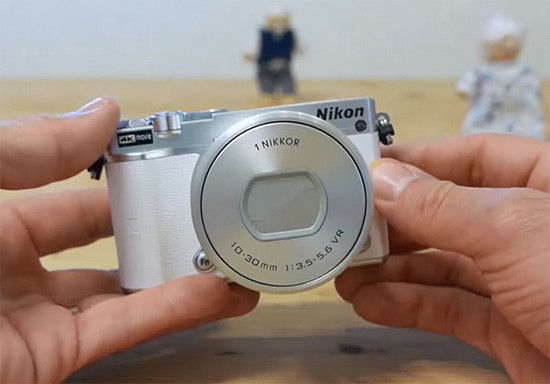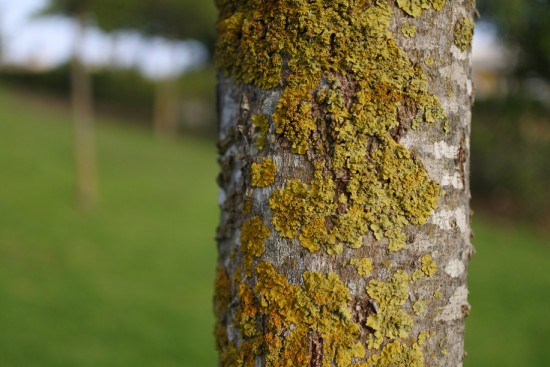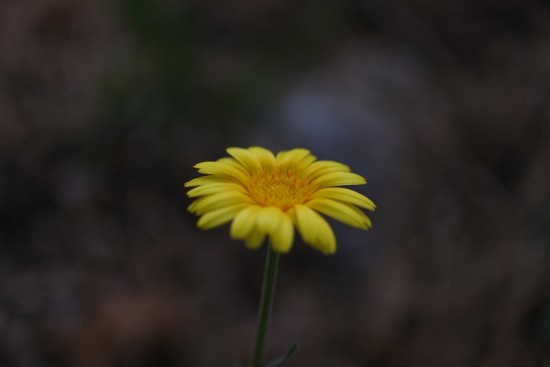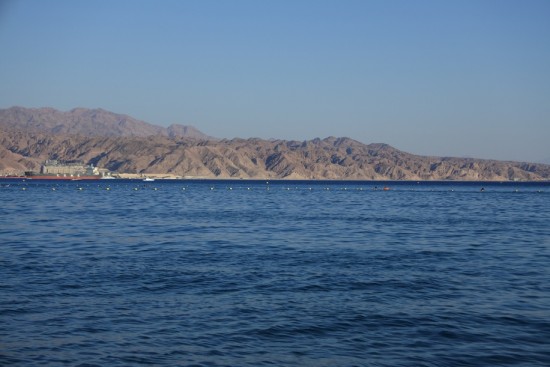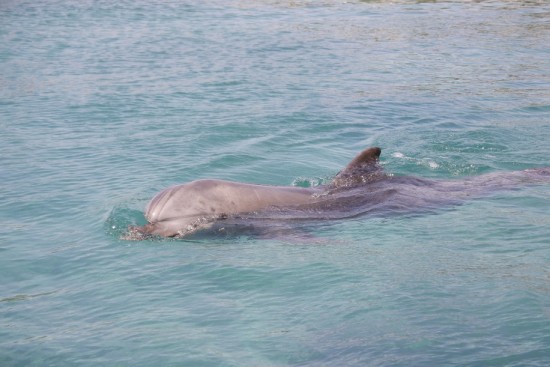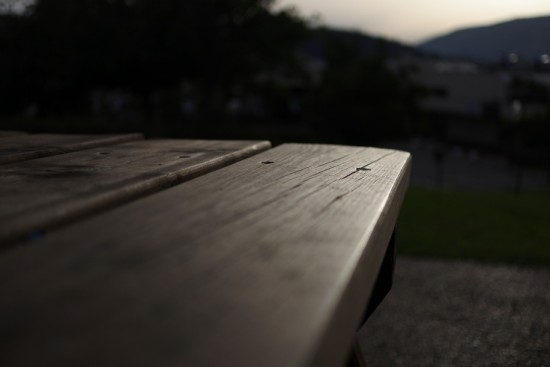Nikon 1 J5 mirrorless camera ($496.95) review by Eyal Gurevitch:
First came the J4
Last summer I spent a great, long vacation with my family at the beach. The kids love doing nothing else than going swimming twice a day in the sea and spending the rest of it in the pool. I had the Nikon 1 J4 with me on that trip. Rarely do I have so much time to spend with a camera (Hey, but what about the kids?) so I studied it closely and learned to love it. And hate it.
It was a very small camera. too small to my taste. I value the practicality of a compact camera, but once it’s too large to fit in your pocket, I prefer a larger camera – better to hold, better to control.
So controlling it was a downer, but I was amazed by how fast it was able to shoot. Its continuous mode, rating at 20 frames per second including autofocus proved to be extremely useful in oh so many cases (kids running, kids swimming, kids bungee jumping…). And there was that mind boggling best moment capture mode, which takes a batch of 20 shots to choose from, half of which are BEFORE you press the shutter. Perfect for capturing the right moment or making a short time-lapse. Why a short one? Since the buffer of the J4 is 20 shots deep, that’s why.
And the downer about that was that after taking a batch of 20, you need to wait until it writes them to the memory card and clears the buffer, a process which sometimes takes as long as two minutes.
As far as the photographing flow with the J4, I was initially underwhelmed by the low number of buttons and dials it had on its compact body. Having had to dive into the menus for changing modes, and for practically anything was a real pain so I deemed it a point and shoot only camera. Later I discovered that its quick menu offered some relief in this regard and made advanced shooting with it barely acceptable.
Enter the J5
Taking the J5 in my hands, I immediately noticed that Nikon had been working hard at improving this model’s controllability, aiming at a larger target audience which includes more advanced photographers. There’s a new grip (yay!), shallow but efficient. There are now PASM modes on the mode dial. There’s an additional control ring around the direct video button. There’s a selfie flipping LCD screen. There’s an extra Fn button on the front. There’s NFC connectivity.
All of these, added to the J5’s compact body, create a truly useful photography tool. A totally different tiny beast than the J4.
On the insides, there’s one major thing Nikon changed and that’s the sensor. On many occasions a new sensor and an increase to the megapixel count doesn’t necessarily do well with image quality, but this isn’t one of those cases. This new 20.8 megapixel BSI-CMOS does wonders with what the J5 delivers compared to what the 18.4 megapixel sensor of the J4 did, and that’s in spite of the extra pixels. Looking at the output, images seems to have richer, deeper yet not exaggerated colors, giving this camera a more mature look and feel. Not that the J4 had poor image quality, au contraire, just that it’s a noticeable step up.
Other than that, the J5 has the same exact shooting capabilities of the J4 – same 20 fps, same slow modes, same slow modes in video, same menu options, same everything. If there’s anything new and significant, then I missed it, taking into account the fact that I’m ignoring the 4K capabilities of the J5, since 15fps video is jerky and I would rather shoot 1080/60p in any situation (see a 4K example here).
What’s mostly disappointing about it is the fact that the J5 is just as slow to digest what it shoots as the camera it replaces. Going through the menu items, there’s a short lag. Short, but noticeable. The same goes for going through images, and the worst is the time it takes after shooting in fast mode and before you can shoot again.
The J5 is a leap in the right direction – adding desirable features to an already great camera. With improved image quality and controllability, it’s exactly the kind of capable, compact camera I’d love to throw in my bag and take anywhere and everywhere with me.
As in most compact point-and-shoots and mirrorless Nikon cameras, their Achilles’ heel is their processing power – fast to shoot but slow to write and slow to operate. Enhance that and you’d have an ultimate petite quality shooter.
How does it compare?
At the time of reviewing the J4, I also had the Panasonic Lumix GM1 and the Sony RX100 III and was able to see first hand how they compare, even if not directly head to head. The J5’s competition comes from the RX100 IV and the GM5 which I haven’t had a chance to review yet.
The RX100’s advantage over the J5 is most definitely its large max apertures – unparalleled by any Nikon 1 zoom lens, the amazing range of 24-70mm f/1.8-2.8 paired to the same size sensor is oh so much more effective than the f/3.5-5.6 of the 10-30mm.
The GM5 has a larger sensor than the J5 as well as a lower pixel count (we’ll save the discussion whether a larger or smaller pixel count is better to a later date). Another advantage of the GM5 is its hybrid shutter, albeit maxing out at 1/500 sec. and then switching to the electronic shutter with the same max speed as the J5’s 1/16000 sec. The J5’s high speed shooting and large number of focus points (171, out of which 105 are PD), are its high cards against the competition, as well as its easy and intuitive advanced controls I mentioned earlier.
Of course, both the GM5 kit and RX100 IV cost slightly less than twice the J5, which makes this small Nikon mirrorless camera an excellent deal under $500.
If you dare look at a slightly larger camera, the LX100 lurks just around the corner, with its larger micro four thirds sensor and its 24-75mm f/1.7-2.8 zoom lens. If you’re planning to only have the one kit lens with the J5, then the LX100 outperforms it in anything but its high speed shooting and its ability to take other lenses. Of course, there’s no such thing as a free lunch – the LX100 costs much, much more than J5.
Many people looking for digital cameras want it all – when asked which camera is recommended as a family or day to day shooter, I often face non realistic demands of compactness, zoom, quality and price. Explaining that it’s always a trade-off between those four always results in deep disappointment. A small camera with a relatively large sensor is usually the best option to go with, but one must remember that after choosing a compact mirroless camera, it’s only as small as the lens you attach to it. The 10-30mm complements the J5 perfectly, but pursuing a large zoom such as the 70-300mm or a large aperture such as that of the 32mm f/1.2, nullifies the petiteness of the camera body.
- Here’s a spec comparison of the J4 and J5
- Here’s a spec comparison between the J5 and the GM5
- Full size image and video samples of the J5
- My review of the J4 on youtube
- My full written review of the J4
If you have an interesting idea for a guest post, you can contact me here.
